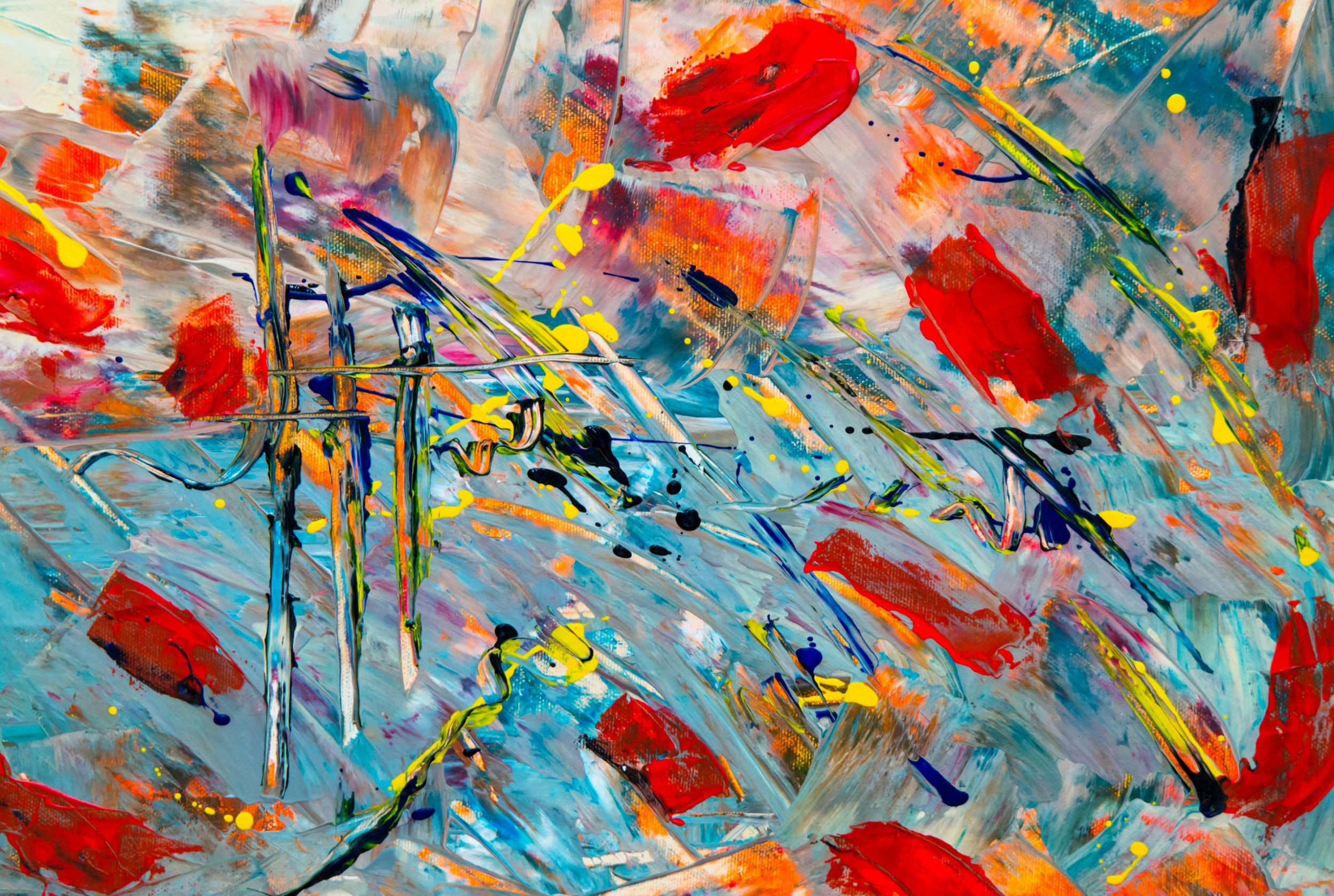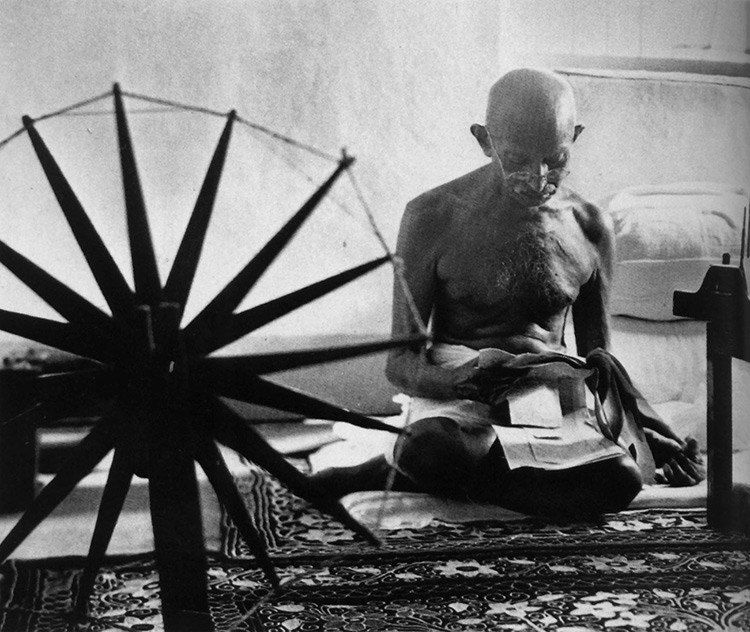Art and technology have always shared a complex and symbiotic relationship, with advancements in technology often influencing the way we create and appreciate art. When it comes to photography, this relationship is particularly evident. From the invention of the camera obscura in the 11th century to the digital revolution of the 21st century, photographers have continuously pushed the boundaries of what is possible through their innovative use of technology.
Ansel Adams: “Moonrise, Hernandez, New Mexico”
One of the most iconic photographs in the history of photography, Ansel Adams’ “Moonrise, Hernandez, New Mexico” is a masterful example of how technology can be used to capture the beauty and majesty of the natural world. Shot in 1941, this photograph captures a breathtaking scene of the moon rising over the small town of Hernandez, New Mexico.
Adams used a large format camera and meticulous darkroom techniques to create this stunning image, showcasing his technical mastery and artistic vision. The result is a hauntingly beautiful photograph that has become a classic of American photography, demonstrating the power of art to transcend time and space.
Dorothea Lange: “Migrant Mother”
Another famous photograph that demonstrates the impact of technology on art is Dorothea Lange’s “Migrant Mother.” Taken during the Great Depression in 1936, this photograph depicts Florence Owens Thompson, a mother of seven children, in a makeshift camp in California.
Lange used a medium format camera to capture this poignant image, highlighting the desperation and resilience of the American people during one of the country’s darkest periods. The photograph became an iconic symbol of the Great Depression and remains a powerful reminder of the human cost of economic hardship.
Steve McCurry: “Afghan Girl”
Steve McCurry’s “Afghan Girl” is another example of how technology can be used to capture the human experience in all its complexity. Taken in 1984 during the Soviet occupation of Afghanistan, this photograph depicts a young Afghan girl with piercing green eyes, staring directly into the camera.
McCurry used a 35mm camera and Kodachrome film to capture this evocative image, which became one of the most famous photographs in the world. The photograph was featured on the cover of National Geographic magazine in 1985, turning the Afghan girl into a global symbol of the resilience and beauty of the Afghan people.
Conclusion
These famous art photographs are just a few examples of how technology has shaped the world of photography and art. From the early pioneers of the medium to the digital revolution of today, photographers continue to push the boundaries of what is possible through their innovative use of technology. As we move forward into an increasingly digital world, it is important to remember the power of art to inspire, provoke, and move us in ways that technology alone cannot.
So next time you pick up a camera or look at a photograph, take a moment to appreciate the intertwining of art and technology, and the stories that these images tell.

